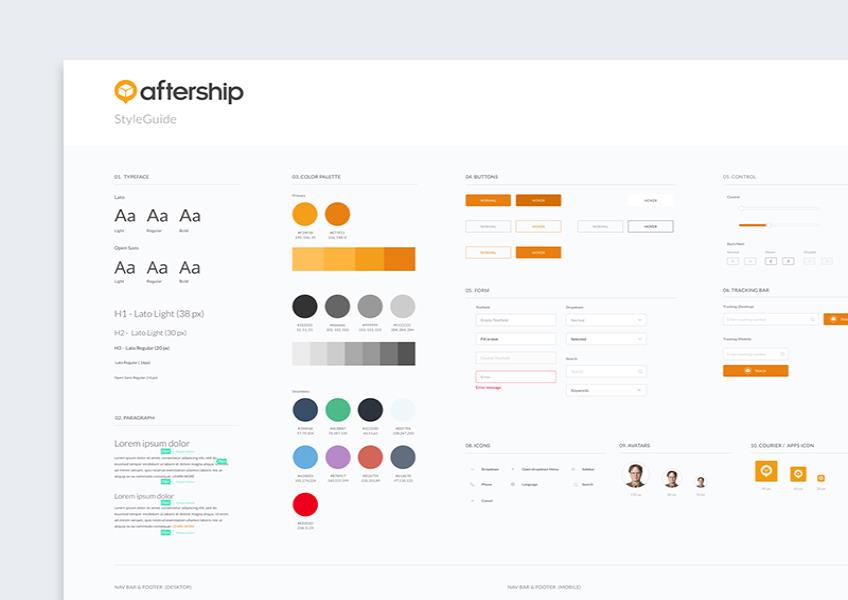Get the latest updates From BL Soni College Bhilwara

What is the purpose of a style guide in graphic design
A style guide, also known as a brand style guide or design guidelines, is a comprehensive document that outlines the rules, standards, and specifications for the visual and sometimes verbal aspects of a brand or design project. In graphic design, the purpose of a style guide is multifaceted and serves several crucial functions: Consistency: Ensures brand and design consistency across various materials, platforms, and media. It helps maintain a cohesive and recognizable visual identity. Brand Identity: Defines and reinforces the brand's identity, including its logo usage, color palette, typography, and imagery. This ensures that the brand is represented accurately and memorably. Efficient Workflow: Facilitates the design process by providing designers and creatives with clear guidelines. This streamlines decision-making and reduces the need for constant approval or guesswork. Quality Control: Helps maintain quality standards for design elements, ensuring that all materials meet a certain level of professionalism and aesthetic appeal. Ease of Collaboration: Enhances collaboration among designers, marketers, and other team members by providing a shared reference point for design decisions. Scalability: Enables the brand to expand and adapt its visual identity as needed while preserving its core elements. This is especially important for growing businesses and franchises. Brand Recognition: Reinforces brand recognition among consumers and stakeholders by consistently presenting the brand's visual elements. Guidance for Marketing Materials: Provides guidance for creating various marketing materials, including print collateral, digital assets, advertisements, and packaging. Web and Digital Consistency: Ensures that the brand's digital presence (websites, social media profiles, email templates, etc.) follows the same design principles as offline materials. Legal Protection: Helps protect the brand's intellectual property by outlining how logos, trademarks, and other assets should be used, which can be important in legal disputes. Flexibility: Allows for flexibility within defined boundaries, giving designers room to be creative while adhering to the established brand standards. Onboarding and Training: Assists in onboarding new team members by providing them with clear guidelines on how to create design materials that align with the brand. Cost Efficiency: Reduces costs associated with design errors, revisions, and inconsistencies that may arise without clear guidelines. A well-constructed style guide typically includes sections on logo usage, color palettes, typography guidelines, imagery and photography styles, layout principles, design principles (such as hierarchy and spacing), voice and tone for written content, and examples of how these elements should be applied in various contexts. Ultimately, a style guide is a critical tool in graphic design and branding, as it ensures that the brand's visual identity remains consistent, impactful, and easily recognizable across all touchpoints, helping to build trust and loyalty among consumers.


